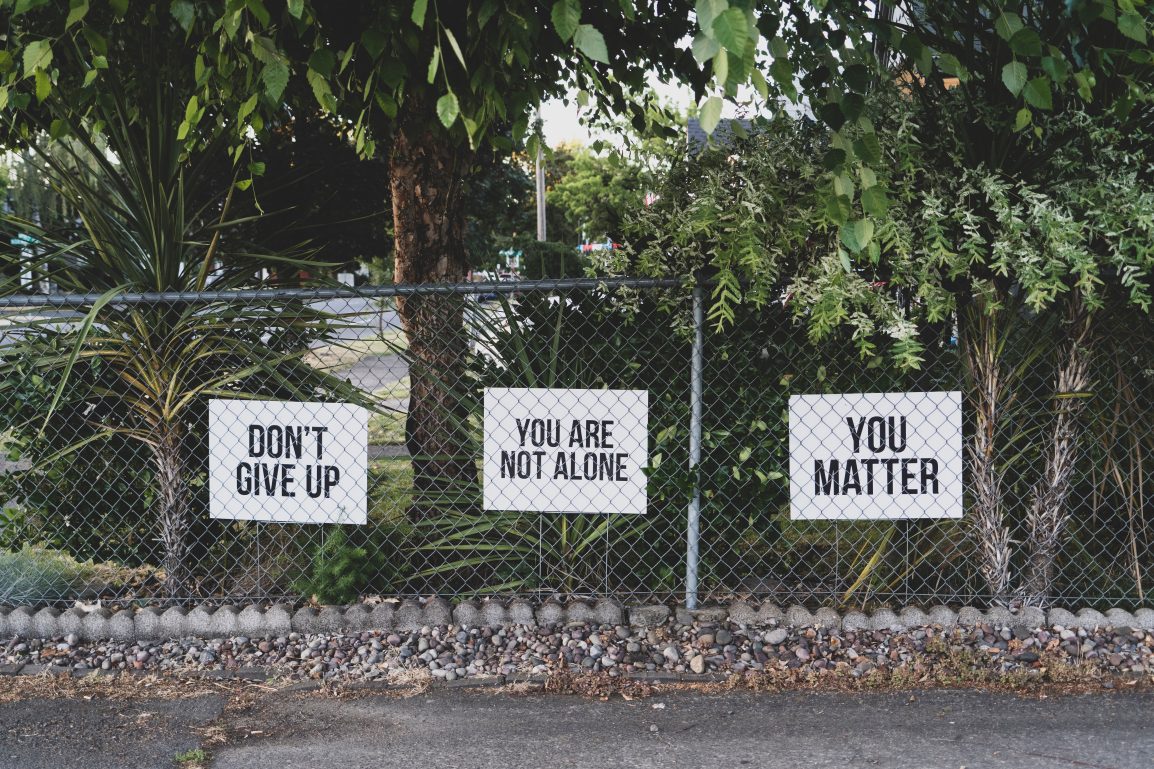Edited 06/09/2023
Know The Signs
Teen Suicide Symptoms and Causes
What causes suicide?
Research shows that approximately 90% of people who have died by suicide were suffering from a mental illness at the time. The most common mental illness reported was depression. Impulsivity and substance use, including alcohol and drugs, also warning signs for elevated suicide risk. It is important to remember that suicidal thoughts and behaviors are not the natural consequence of serious life stresses. People who experience a stressful life event may feel intense sadness or loss, anxiety, anger, or hopelessness, and may occasionally have the thought that they would be better off dead. In most people, however, experiences of stressful life events do not trigger recurring thoughts of death, creation of a suicide plan, or intent to die. If any of these are present, it suggests that the person is suffering from depression or another psychiatric disorder and should seek professional treatment.
Who is affected by suicide?
Unfortunately, suicide crosses all age, racial, and socioeconomic groups in the US and around the world. In the US, suicide is the 2nd leading cause of death among children and adolescents ages 10-24, and the 3rd leading cause of death among 12 year olds. Nearly one of every eight children between the ages 6 and 12 has suicidal thoughts. The suicide rate is approximately 4 times higher among males than among females, but females attempt suicide 3 times as often as males. When a suicide occurs, everyone is affected, including the people who are left behind.
What are the symptoms of suicide?
The primary symptom of suicide is talking about suicide or doing something to try to harm oneself. If your child expresses suicidal thoughts or exhibits self-harming behaviors, seek professional help.
There are many warning signs and risk factors for suicide. The list below is not exhaustive, but is intended to provide insight into what factors might elevate a child or adolescent’s level of suicide risk. This does not mean that if your child or adolescent has some of these risk factors, then s/he will automatically take his/her own life. Suicide risk takes into account many factors and needs to be continuously monitored by a mental health professional. Remember that many factors combine to lead to a suicidal crisis and may include some of those that are listed below.
Risk Factors:
- Mental illness/psychiatric diagnosis
- Family history of suicide and/or exposure to suicide Family history of mental illness
- Physical/sexual abuse
- Losses
- Aggressive behavior/impulsivity
- Lack of social support/social isolation
- Poor coping skills
- Access to ways of harming oneself, like guns, knives, etc.
- Difficulties in dealing with sexual orientation
- Physical illness
- Family disruptions (divorce or problems with the law)
- Traumatic event
Warning Signs:
- Preoccupation with death (e.g., recurring themes of death or self-destruction in artwork or written assignments
- Intense sadness and/or hopelessness
- Not caring about activities that used to matter
- Social withdrawal from family, friends, sports, social activities
- Substance abuse
- Sleep disturbance (either not sleeping or staying awake all night)
- Giving away possessions
- Risky behavior
- Lack of energy
- Inability to think clearly/concentration problems
- Declining school performance/increased absences from school
- Increased irritability
- Changes in appetite
How common is suicide?
Suicide is the second leading cause of death among teenagers in the United States. In 2012 (the most recent year for which data are available), over 40,000 suicide deaths were reported in the United States. During that year, someone living in the U.S. died by suicide every 12.9 minutes.
How can I tell if my child is suicidal?
You can start by asking your child if he or she is thinking about suicide. Be sure to ask them in clear, straight-forward language like, “I’m worried about you. Have you been having thoughts about wanting to die or killing yourself?” People who attempt or complete suicide often exhibit a number of warning signs, either through what they say or by what they do. The more warning signs a teenager exhibits, the higher the risk of completing suicide. If you think your child might be at risk for suicide, you should have him/her evaluated by a professional. You could call your primary care physician, your child’s therapist or psychiatrist, your local mobile crisis team, or visit the closest emergency department. In an emergency, you should call 911.
What is the difference between suicide in children and suicide in adults?
Suicide is the 2nd leading cause of death in young people between the ages of 10 and 24, but it is the 10th leading cause of death for the overall population. Although firearms are the most frequently used method for death by suicide in the United States, the most frequent methods used by teenagers are hanging, jumping from high places, and overdosing on pills or other poisons.
How can I prevent suicide?
You can prevent suicide by being on the lookout for the warning signs mentioned above. You can also prevent suicide by asking about it. Studies show that people do not start thinking about suicide just because someone asks them about it. If you suspect your child or adolescent is suicidal, tell them that you are worried and want to help them. Remember, sometimes children or adolescents who are thinking about suicide won’t tell you because they are worried how you will react. Your direct, non-judgmental questions can encourage them to share their thoughts and feelings with you. Regardless of their response, if you suspect that the person may be suicidal, get them help immediately.
What is the long-term outlook for a child who is suicidal?
With the right help, a child who is suicidal can make a full recovery and live a fully productive life.

